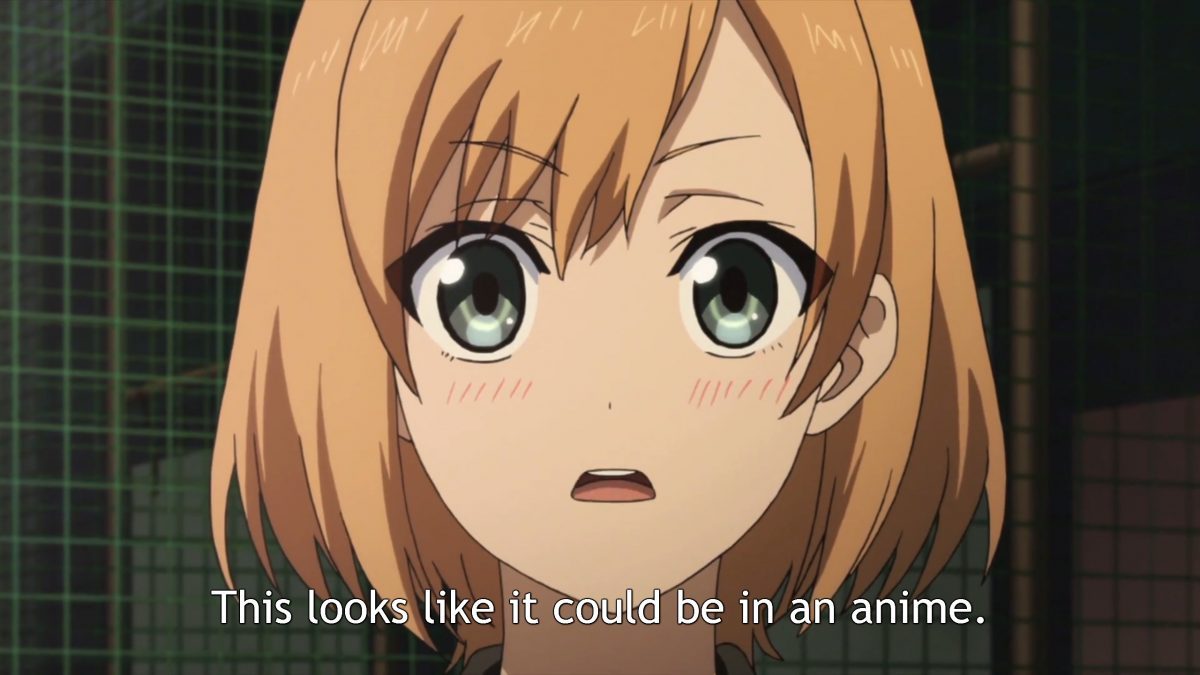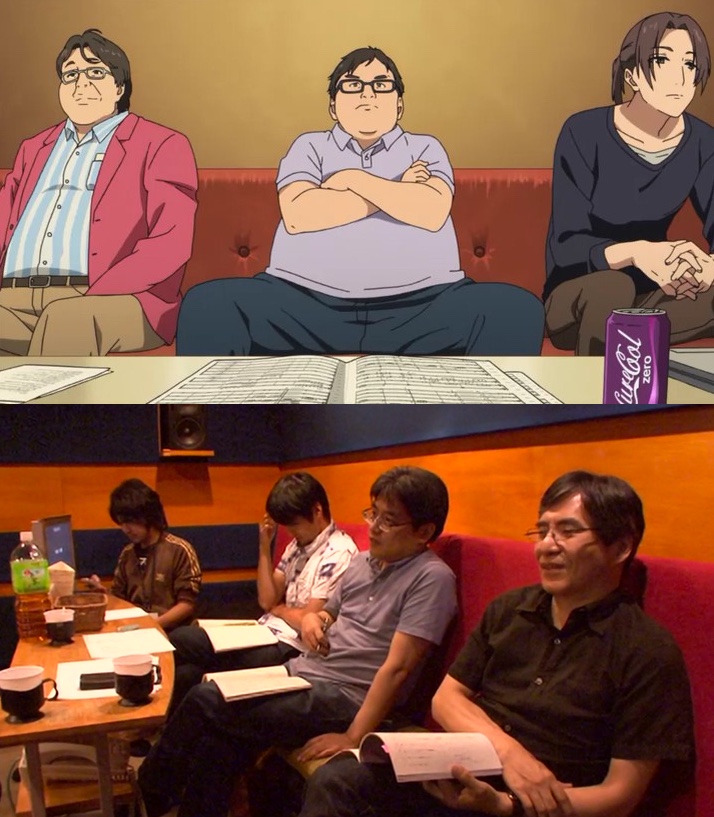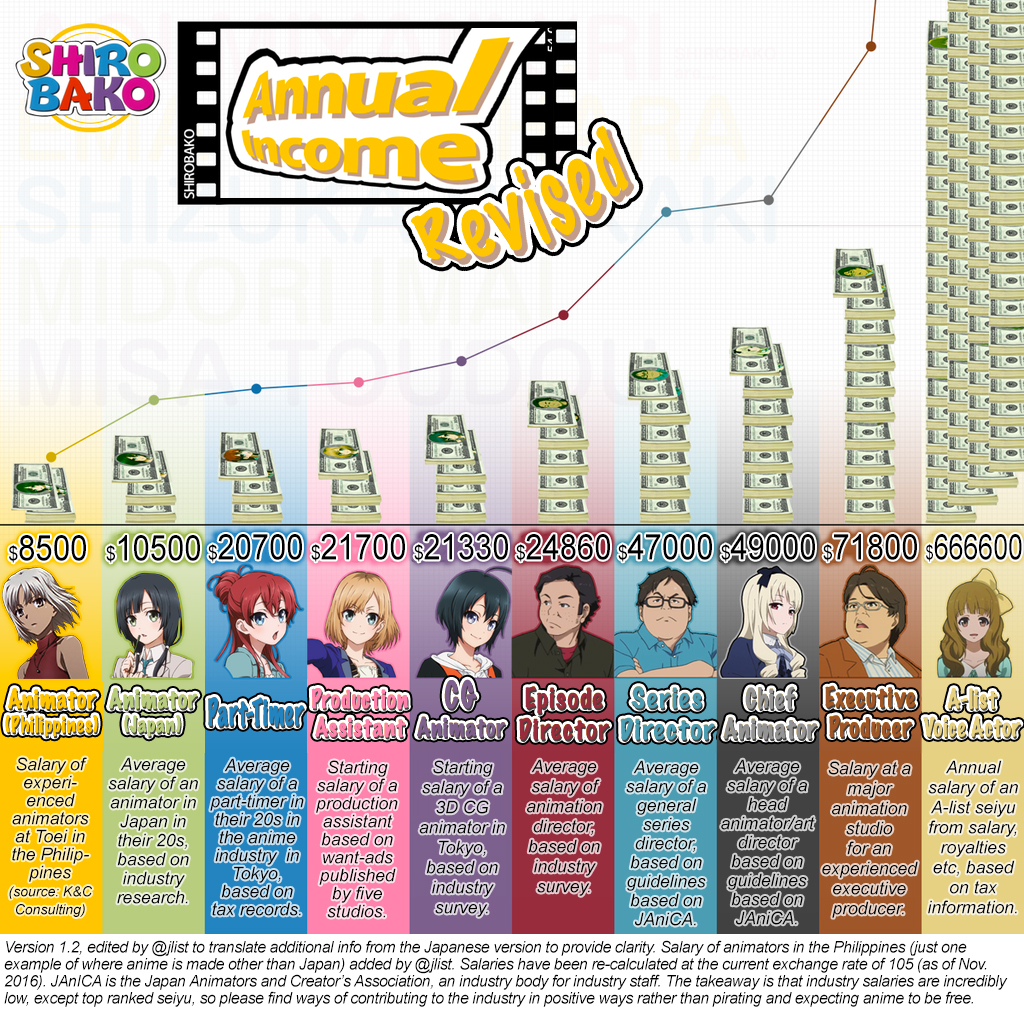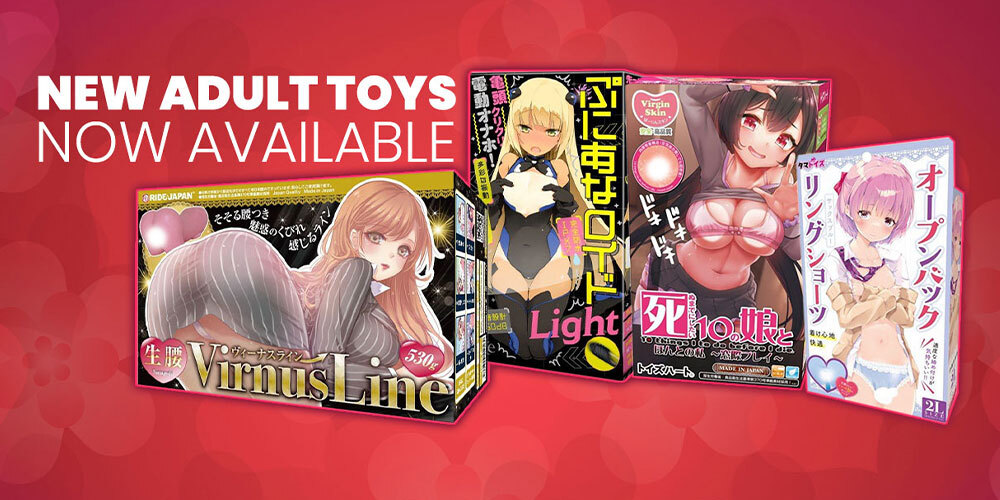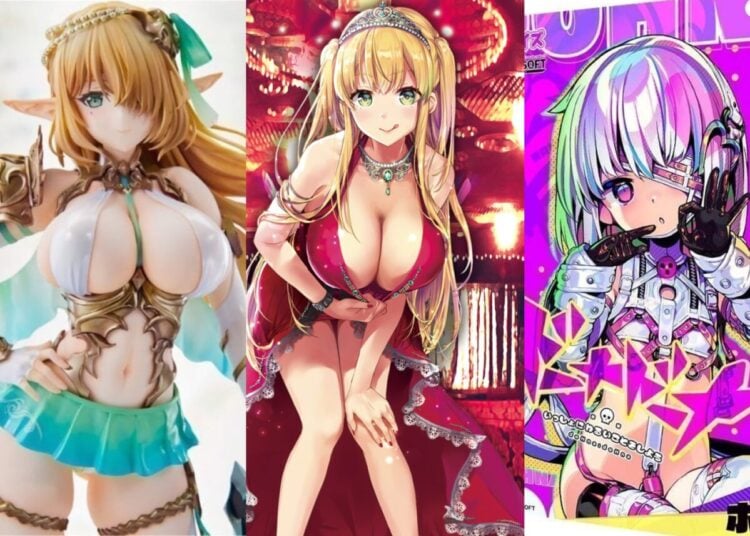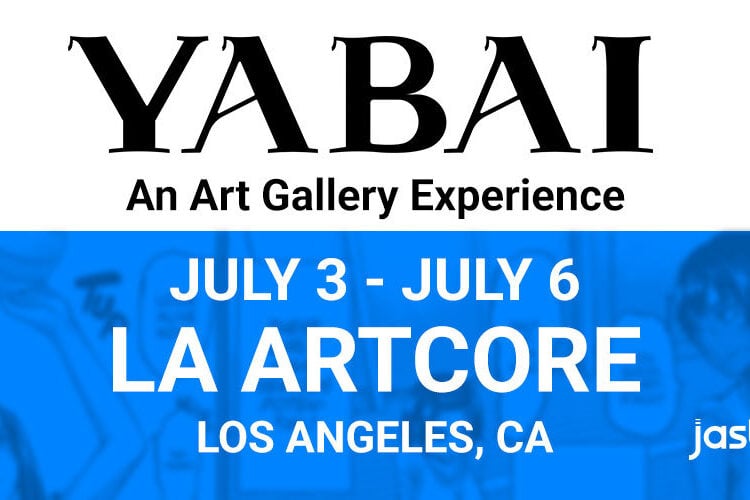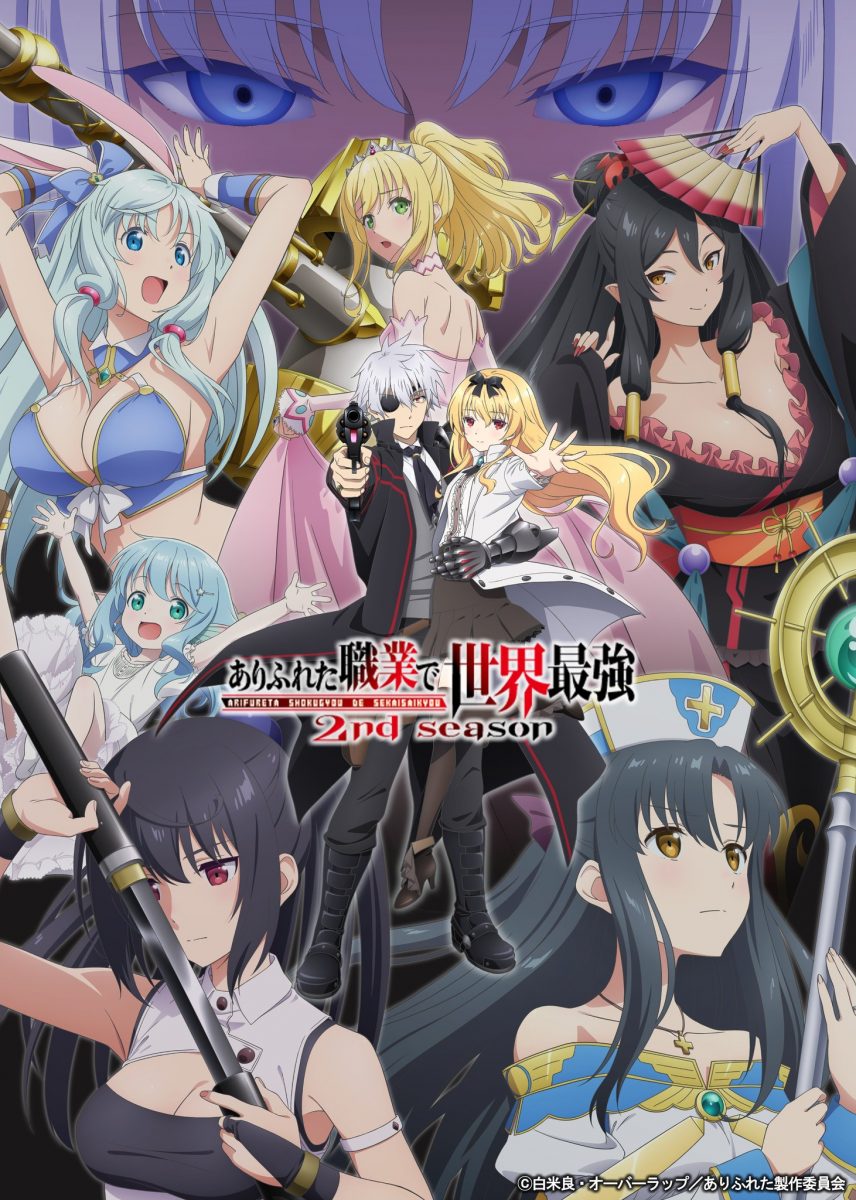A couple weeks ago I was in Tokyo, visiting some of the bars I like to hit when I’m in town. I was drinking with a friend in Minami-Asagaya and she mentioned she’d recently made a drinking friend who worked as an anime producer. She asked if I’d like her to invite her friend to drink with us, and I naturally jumped at the chance to be able to talk with a person in the industry, just like in Shirobako. Here’s a blog post with the various things I learned!
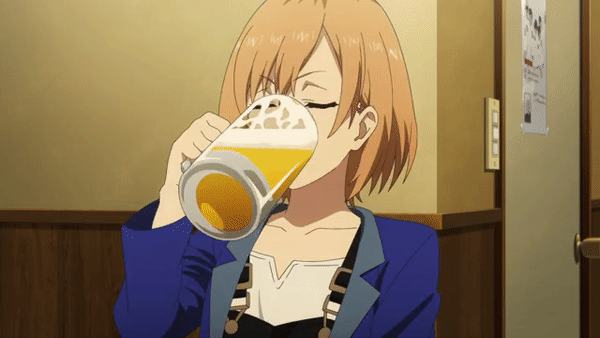
12 Things I Learned Drinking with an Anime Producer!
The person worked in a small anime studio based in Tokyo which sometimes made single episodes of series, but generally focused on films. It was great fun: I was eating yakitori and drinking beer with a real live anime producer, just like Aoi Miyamori from Shirobako, a slice-of-life show that shows us the inner workings of the anime industry. Best of all, she had her hair dyed blonde, and looked as much like Aoi as a person could.
Anime Producers Don’t Have Broad Knowledge of Anime
Right off the bat I was surprised that my new friend didn’t have a deep well of knowledge about anime, not knowing many of the series I referenced as I talked with her. I had to explain to her what the Shirobako anime was about and why it was special to fans.
This is actually to be expected, if you think about it. I’ve published or otherwise been involved with more than 90 visual novels over the years with JAST USA, and while I know a lot about the games I worked directly on, I’ve never had time to experience visual novels merely for fun.
We Are Not the “Customer” to Anime Studios
When an anime production studio takes a job, they’re hired by some outside company — maybe an anime production committee, or a streaming company like Netflix or Disney+ — to do the animation work in question on a contract basis. That entity is the “customer” as far as a studio is concerned, and if they’re happy with the end result, that’s all that matters.
We fans tend to think everything about us, gnashing our teeth if the girl we’re rooting for isn’t chosen by the main character and taking it personally if a series we love doesn’t get a proper ending or a second season. But in reality, the “target” as far as anime creators go are the companies who have hired them.
Different Studios Have Different Budget Realities
Some animation studios are large and well-capitalized and are able to pre-make all the episodes of a show before it starts airing. Other studios are smaller and have to scramble to find the staff and money to get the episodes completed in time. Sometimes the wheels completely fall off a production, which we saw with the final two episodes of So I’m a Spider, So What? This kind of “production hell” is well-portrayed in the Shirobako anime, too.
Sometimes Whole Episodes are Farmed Out to Other Studios
I was burning to ask why the quality of some episodes isn’t up to the standards of the rest of the series. It turns out that specific animation cuts as well as whole episodes are regularly passed off to smaller studios when there are budget or time constraints. Anime studios tend to put the majority of their focus on the first 1-3 episodes as well as the final one, hoping to make the best impression on viewers.
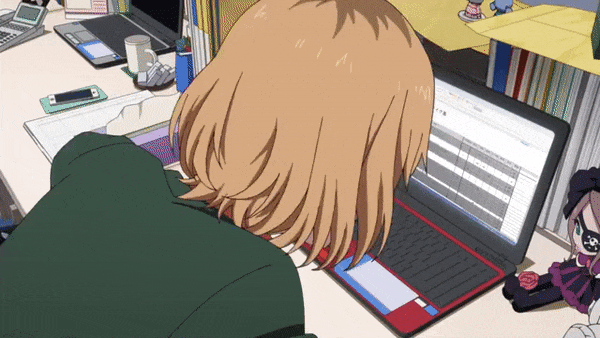
Anime Studios Are Interested in How Their Work is Received Internationally
Anime production staff are interested in how fans around the world are receiving the works they create, and they check the Netflix streaming numbers to see the popularity in various countries, getting excited when their work is embraced by foreign fans.
(In general, fans in Japan are fascinated that people around the world are watching the anime they love, and want to know what foreigners think of it. There’s a genre of social media post on Japanese interwebs called 海外反応スレ kaigai hannou sure or international fan response thread that consists of discussions about an episode of anime from Reddit or MAL, translated into Japanese.)
I Asked My Anime Producer Friend Why Anime is Often Poorly Structured
One of my minor hang-ups about anime is that it often doesn’t even try to tell well-structured stories. As I discuss in my post on the Macross: Do You Remember Love? film, stories that at least are aware of their own structure are some of best. My friend’s response was that most writers who create the original stories anime are based on don’t have any kind of training in this approach to storytelling, and once a story is created it can’t easily be changed for an anime version.
(There is one anime that adopted the classic Hollywood three-act storytelling approach, and it’s Your Name. Since it became the most financially successful film of its era, perhaps the companies backing animated works should consider paying more attention to story structure in the future?)
Anime Industry Salaries May Be Lower Than We Think
I showed her the graphic I’d translated from a Japanese language original, showing a breakdown of various anime salaries using characters from Shirobako to illustrate the various roles. The graphic was from 2016, and I was positive anime industry salaries must have risen in the intervening five years. All she would say was, “Those salaries look a little high to me,” implying that pay for anime industry staff could be even lower than they were five years ago, and/or have not have risen significantly since then.
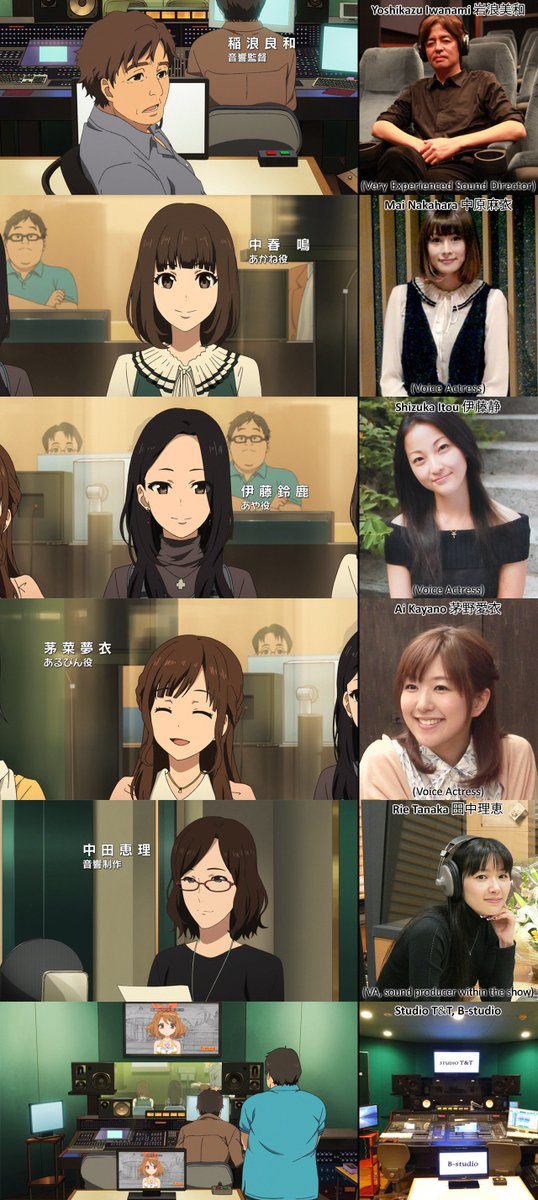
Unlike in Shirobako, Seiyu Can Be Frustrating to Work With
Of course, for every A-list voice actor we love to celebrate, there are 100 unknown faces in the industry, trying desperately to win roles and get their names out there. The original anime salary graphic that I based the above image on was made to call out the perceived unfairness that famous seiyu like Hana Kanazawa earn hundreds of thousands of dollars per year, while lower-level staff are making unbelievably low wages.
My anime producer friend presumably has to deal with B- or C-grade voice actors who aren’t well-known veterans in the industry, and expressed some frustration. She said many of the seiyu she dealt with were unprofessional, smoked too much, and had no money so they were always trying to cut recording sessions off early so they could get to their arubaito (part-time job). She said that some seiyu have “unclean panties,” which is a reference to makura eigyou, or “pillow selling,” the implication that some less-famous voice actresses aren’t opposed to sleeping with a director to get a role.
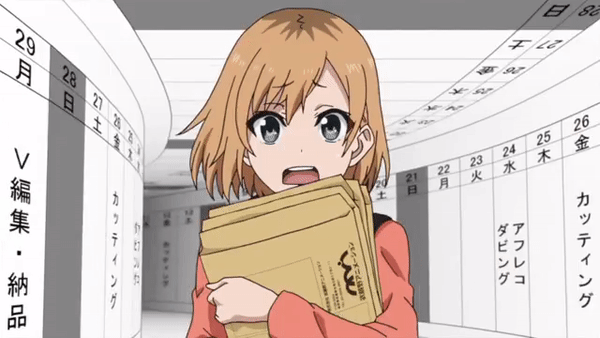
There Are a Lot of Differences Between Large Production Companies and Small Ones
My anime producer friend had worked at both extremely large productions studios in the past, as well as her current job at a smaller company. Large companies are well-funded but different staff end up doing only one aspect of production over and over again, rather than working on all aspects of series creation, as she does in her smaller firm (and which we see in Shirobako a lot). She said she enjoys working at a smaller company that offers a variety of different challenges.
I Asked About the Role of Foreigners in the Anime Industry
My anime producer friend said that yes, people from many countries are involved with making the anime that we all love, and she works alongside staff from South Korea, China and Vietnam. I gather that larger studios such as Toei deal with foreign creative staff more often than she does.

She Had Interesting Observations on Other Anime Studios
I asked her about other anime studios, and she offered various opinions. She had a great amount of respect for Kyoto Animation’s amazing quality but said that the staff she knew there were stressed because it was “run like a business” that demanded a lot of their employees. Which makes sense, since it is a business.
She had heard that if you want to work for Makoto Shinkai, it’s expected that you’ll join “a certain religion.” What this religion is is the source of heated debates on the Japanese interwebs, which is a rabbit hole I didn’t expect to go down on a Friday afternoon.
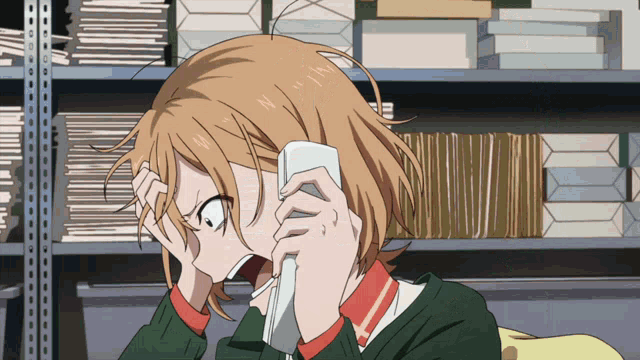
I Asked Her How She Likes Being an Anime Producer
She said, “Everyone has fun, has lots of crazy experiences, and gets through their day, the same as every other job. I love what I do.”
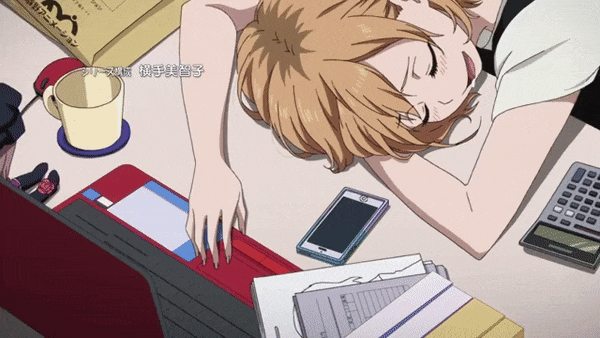
Thanks for reading this post about the various things I learned by drinking with an anime producer, just like in Shirobako! I’ve let her know if any of her staff want to drink with a gaijin and learn how their creations are perceived by foreign fans, to please hit me up in the future sometime. If you have any questions you’re burning to have answered, post them below, or reply to us on Twitter!
Stress is bad, but happily Japan’s best ero toy companies are hard at work making products to help us take care of our needs privately. Browse the newest adult toys on the site here!


